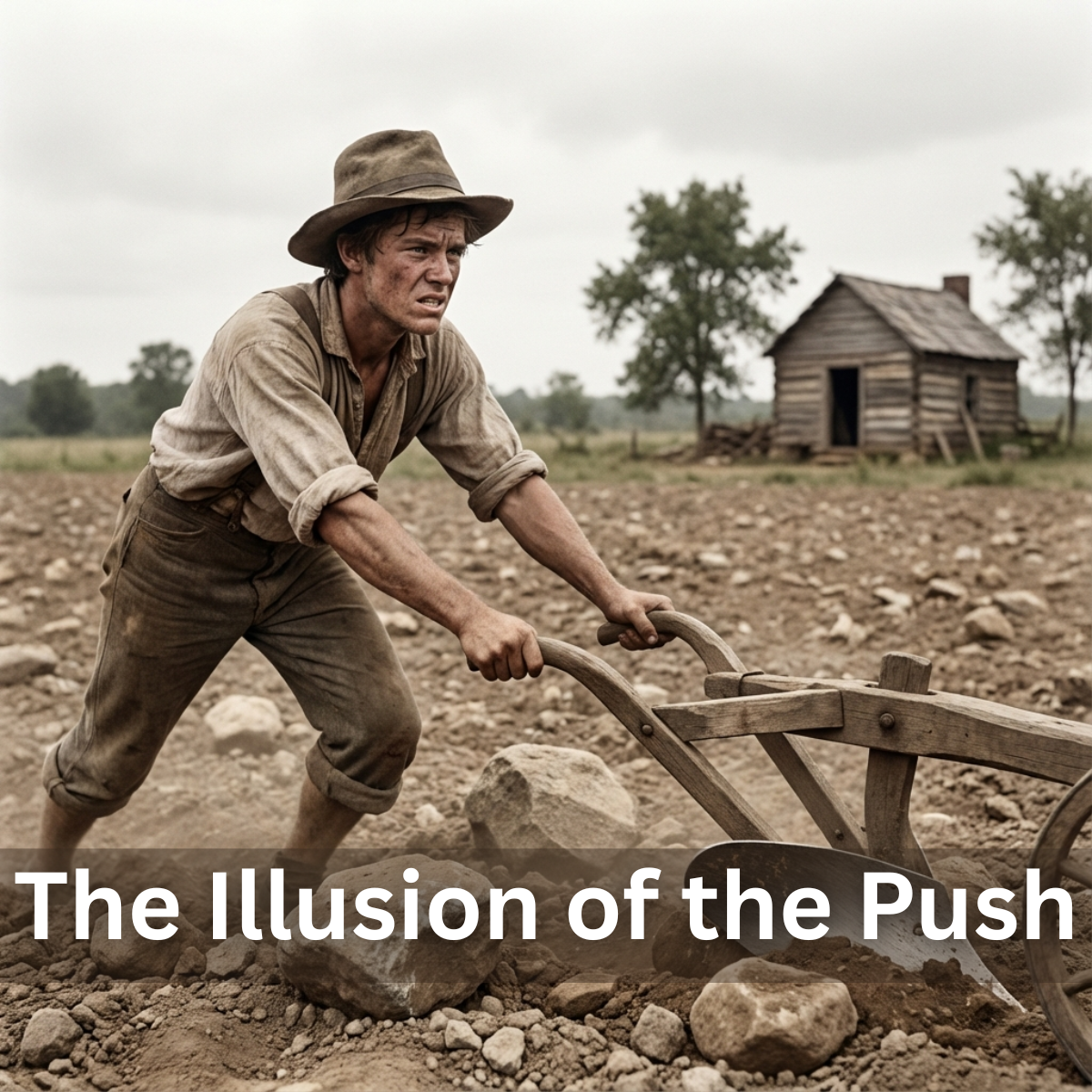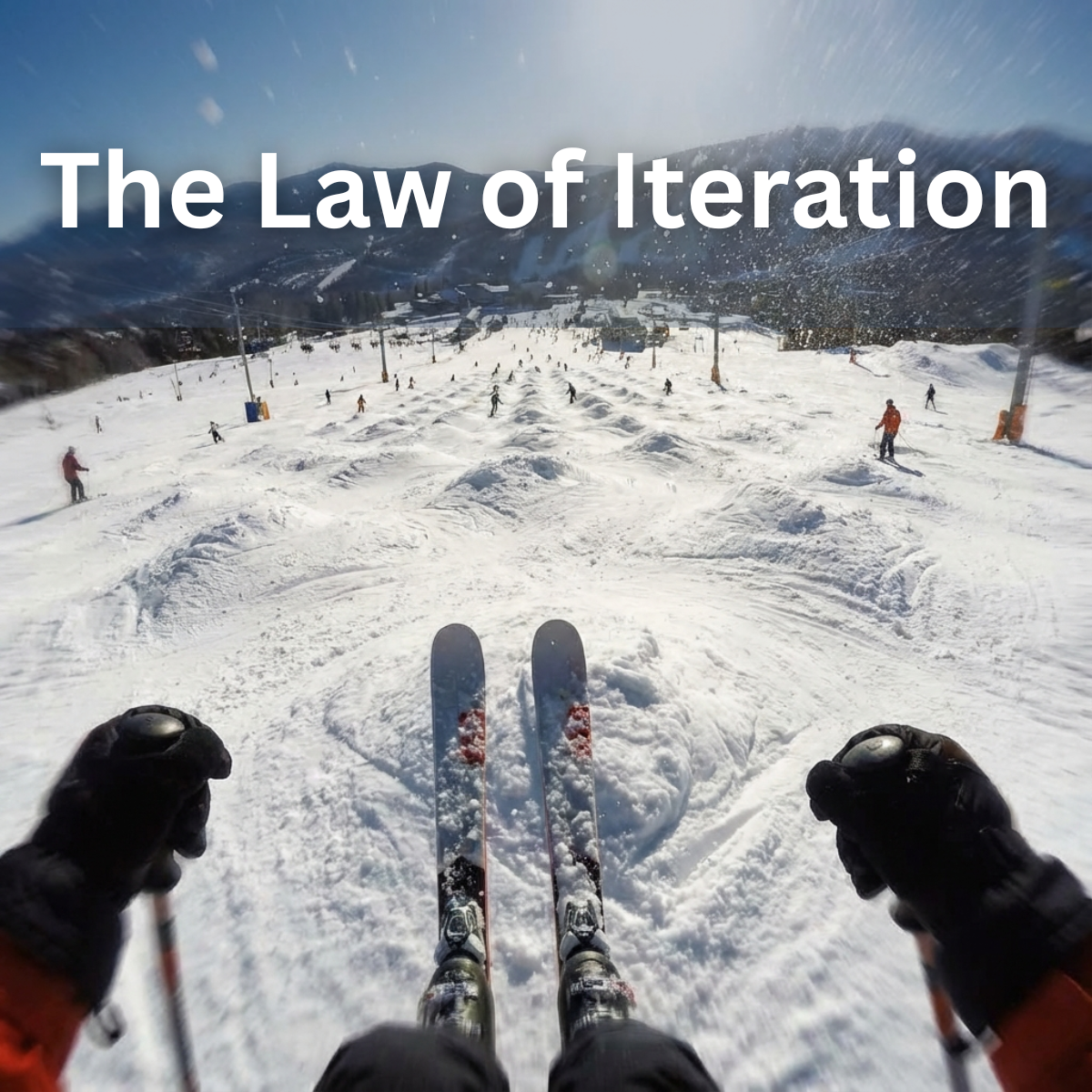The Microbiologist, Joh Kabat-Zinn, wrote several papers and a few books on using meditation and other techniques to improve health. He borrowed these concepts from Buddhism. You might remember in the early 90s when meditation became all the rage again, non-religious meditation seemed to almost become acceptable overnight. His book in 1991 was called, Full Catastrophe Living: Using the Wisdom of Your Body and Mind to Face Stress, Pain, and Illness. He now runs a full training program, that remains popular, check it out at https://www.mindfulleader.org/. This morning I woke up with this concept that I think I will explore this week, the concept of being humble.
Now it is really easy to be humble, or to exercise humility, when you are at a low point. Grappling with bad news, loss of a job, setback in your life, loss of a loved one an other calamity is always a time when we reflect on the state we are currently in. We see reality very clearly, because it is at the forefront of our minds, staring us in the eyeballs. The time we probably gain the most value out of humility is when we do not have to be humble. When things are going great, when everything is taken care of, when all our problems are trivial. That is best time to swallow our pride and seek for humility. How?
The question of how to be humble in a time of prosperity is what got me asking questions this morning. As I reviewed some ideas, one thought that really popped out was the concept of practicing mindfulness. I knew this was a meditation concept that we hear frequently, so I started to ponder what is mindfulness really, and how can it help me be humble? Then it struck me. Being mindful, is a misleading term. It is not about the absence or presence of thought, but rather awareness. Another way of saying mindful, is to say that we need to be aware. Awareness brings reality closer to your current vision. When you are acting prideful, you tend to not see reality very well. Your vision is clouded by your current view of things which in some cases could be way to inflated or emphasizing your role in the outcome way too much.
I am reminded of a movie trailer that I say a while ago for Mission Impossible. Tom Cruise was the primary actor in the movie. If you watched the trailer, you might have actually missed the title of the show, the purpose of the show, or even any outline of a plot. What you saw was TOM CRUISE being cool, being awesome, being witty, being smart, being a bad ass, and handling a motor cycle with incredible dexterity. The movie might as well been called, TOM CRUISE being cool. In fact the trailer bordered in hilarity on how focused on the fact that TOM CRUISE was the leading role in the movie. This is how we probably view our role in the world around us when we are being prideful. We are TOM CRUISE in our own minds, staring in our upcoming action film and we are just awesome, necessary, and all important. A mindful person, would see the reality of the situation and not be caught in this trap. They are more likely to be humble.
So how do you understand what mindfulness is and how to achieve it? That is where I come back to Jon Kabat-Zinn. In his book he has this good exercise that helped me understand what it meant. He does a really good job of illustrating what it is in this exercise about eating a single raisin. Now it does not have to be a raisin, it could be any small food item. A nut, a small piece of fruit, a small piece of candy, but a raisin is the perfect candidate for the exercise. So here is a quick synopsis in my review of how to do this. Go to the source if you want a more detailed explanation.
This exercise should be performed for approximately 5 minutes. Yes, you should take 5 minutes to eat one single raisin! You should to this exercise for at least a week, everyday for seven days.
Step 1 – Sit in a comfortable position and simply hold the raisin in the palm of your hand, or in between your thumb and another finger.
Step 2 – See the raisin. Examine the raisin very carefully. Pay full attention to it, examine every angle of the raisin and all the details. What do you notice that you have not before? Pretend that you never have seen a raisin ever. That you were from another planet and this was the first form of life you found on this planet. How would you look at this then? Really examine the wrinkles, the place where the fruit used to connect to the vine. Look at where the light hits, where the shadows are. Examine this one particular raisin and consider every small detail.
Step 3 – Feel the raisin. Explore the texture of the raisin with your fingers. Probably best to close your eyes as you do so. How would you describe this raisin to another person without seeing it? What does it feel like?
Step 4 – Smell the raisin. Use your keen sense of smell to really understand the fragrance from the fruit. As you smell the raisin, how is your body reacting? Saliva forming in your mouth? Stomach making noises? Thoughts coming to your mind from memories that you have had?
Step 5 – Place the raisin in your mouth. Do this very slowly, carefully and consider all the movements that this requires. How is it possible you can coordinate the hand, finger, arm movements to place this raisin exactly where it needs to be. Do not chew the raisin, examine the sensations as the raisin hits your mouth. Feel the texture with your tongue.
Step 6 – Taste. Really taste the raisin. What does it taste like? Without swallowing, nibble the raisin a little, what happens? Pay attention to how the raisin changes. Really examine the tasting sensations that you get and from where.
Step 7 – Swallow the raisin. Very carefully take notice of when and how the sensation to swallow the raisin comes. Do not be automatic, experience this sensation to swallow and the act of swallowing as two unique and different experiences.
Step 8 – Sense how your body is reacting to the digestion of the raisin. See if you can imaging where the raisin when and how the raisin is changing now.
When you are done, take a moment to ponder how you are feeling now that you did this. How are you feeling? What is going on in your body and mind? By completing this exercise, you will begin to understand what being mindful is and more importantly a technique to help you get there. With this you can start to learn to exercise humility when it is not called for and you can start to have awareness. You actually might be able to start seeing things as they really are.
Guy Reams



